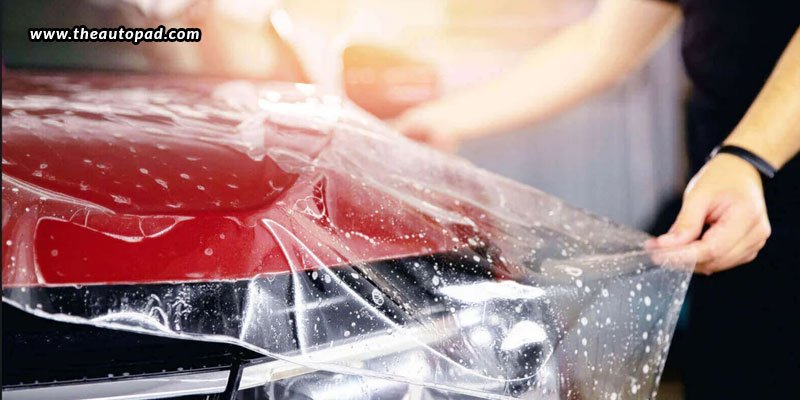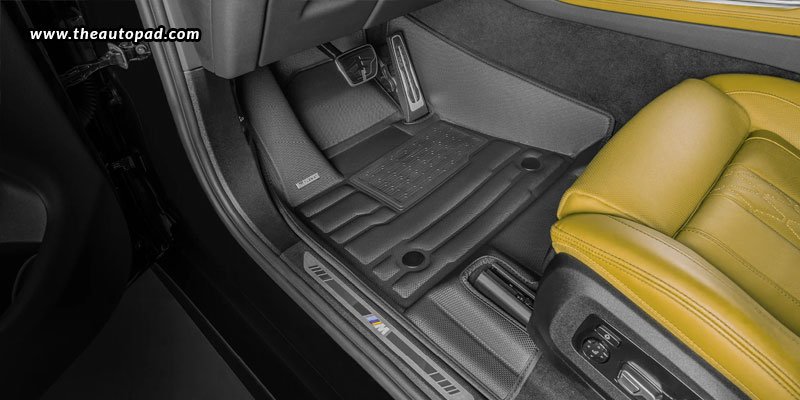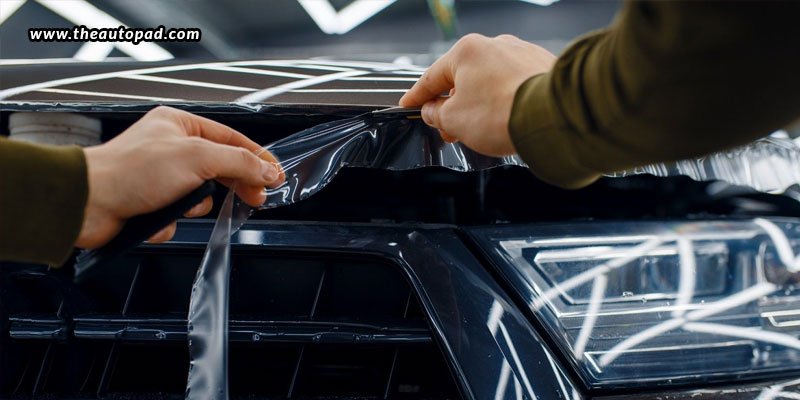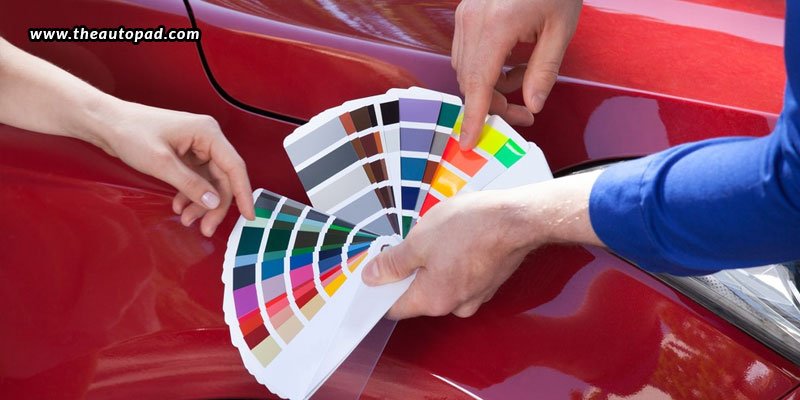Paint Protection Film (PPF) is an essential means to protect your car and other surfaces from environmental elements, UV rays, scratches, and wear and tear. However, it is crucial to comprehend the elements that affect PPF costs before making the investment, and whether the long-term advantages outweigh the initial costs. To assist you in deciding whether PPF is a wise investment for your vehicle or other surfaces, this analysis will examine the factors that influence PPF pricing and offer a thorough cost-benefit analysis.
Factors that affect the price of Paint Protection Films
A number of variables affect the price of installing Paint Protection Films. Here is a summary of the main factors that affect the pricing.
- Type and quality of the film: The ultimate cost is significantly influenced by the kind of film you select. Although they cost more, premium PPF choices have advanced characteristics like extended durability, improved UV protection, and self-healing capabilities. Standard PPF is less expensive and offers more basic protection, but it could not be as long-lasting or provide as many advantages. Although thicker films offer greater protection, they also cost more. A thicker film provides more protection against scratches, chipping, and other types of damage.
- Coverage area: The amount of surface area you wish to cover has a big impact on PPF costs. It will cost less to get partial coverage that covers the front bumper, hood, and side mirrors than it will to have complete coverage for the entire car. Although full coverage provides complete protection, the quantity of film and labour needed makes it far more expensive. However, partial covering strikes a compromise between expense and protection by concentrating on high-impact areas that are more likely to sustain harm.
- Vehicle shape and size: The cost of larger vehicles, such as SUVs, trucks, and vans, rises because they need more labour and materials. In contrast, smaller cars will cost less to insure because of their reduced surface area. It is more challenging to apply PPF to cars with sharp edges, curves, or complex body designs. This adds complexity and labour time, which raises the cost of installation. Simple, flat-surfaced vehicles are easier and faster to cover, which lowers the cost of the procedure.
- Installation method: Although PPF kits are available for do-it-yourself implementation, they can be difficult to apply correctly, particularly on intricate surfaces. However, improper application may result in peeling, wrinkles, or bubbles. Although professional installation is more expensive, it guarantees a smooth, bubble-free surface. The installer’s expertise and experience may also have an impact on the price. Because of increased operational costs and experience, professional PPF installation services may be more expensive in high-demand locations or cities.
- Brand and warranty: Well-known PPF companies may charge extra for their reliability, reputation, and high-quality products. High-end manufacturers frequently provide cutting-edge characteristics like hydrophobic qualities, stain resistance, and self-healing technology, all of which improve the film’s efficacy and durability. Depending on the manufacturer and kind of film, PPF products frequently have warranties that last anywhere from a few years to a lifetime. Although longer warranties usually cost more up front, they offer peace of mind and protection in the long run.
Is PPF worth the investment?
Even though PPF can appear expensive at first, particularly for full coverage or premium films, the long-term advantages frequently outweigh the expense. To assist you in determining whether PPF is cost-effective, let’s dissect the main advantages and possible savings.
- Protection from damage: PPF’s main objective is to shield the surface it covers from harm, especially scratches, chips, and debris from the road. If the car isn’t safeguarded, it can eventually need several touch-ups or perhaps a complete repaint. Additionally, PPF provides UV protection, which stops paint oxidation and fading over time. Paint that has oxidized or faded needs to be professionally corrected or repainted, which can be expensive. PPF helps keep your car looking nice and maintains its value by preventing this damage.
- Self-healing properties: High-end PPF choices have self-healing technology, which allows small scratches on the film to “heal” when heated. As a result, there is less need for replacements and repairs because the film looks brand new for longer. Generally speaking, self-healing PPF lasts longer than more conventional forms of protection like ceramic or wax coatings. PPF’s longevity makes it an affordable option for the duration of the car’s life.
- Aesthetic appeal: PPF keeps your car looking its finest for many years to come by maintaining its lustrous, showroom-like appearance. PPF is a wise purchase for people who appreciate style and want their automobile to seem brand new. PPF comes in clear or matte finishes, so you may personalize how your car looks. While the transparent film preserves the original sheen of the factory paint, the matte finish can give your car a sleek, contemporary look.
- Resale value: Keeping the original paint intact and in perfect condition is one of the main selling aspects of any car with PPF. Vehicles with their original paint typically fetch higher prices on the resale market than those that have had paint applied. Because repainting can occasionally result in uneven colouring or lower quality, original factory paint is valued higher. Because they know that the car has been well-maintained and is secured from harm, buyers are frequently more confident when they buy a vehicle that has PPF coverage. A speedier sale and a higher resale value may result from this increased confidence.
- Lower maintenance costs: The immediate advantages of PPF installation include lower expenses for minor touch-ups and detailing. Because the coating shields the car from environmental impurities like dirt, tree sap, and bird droppings, it is easier to clean and requires less regular cleaning or waxing. PPF is more expensive initially, but it saves money over time by lowering the need for costly repairs and repainting. When compared to other protective techniques like waxing, which requires frequent application, this cost-effectiveness becomes even more apparent.
Is PPF worth the investment?
It’s evident that PPF provides outstanding value for preserving and protecting the look of your vehicle or other surfaces when you compare its price to its advantages. Although the initial cost of installing PPF might vary depending on coverage, quality, and installation technique, the long-term advantages—such as lower repair costs, increased visual appeal, and retained resale value—often surpass the cost.
For vehicle owners in Bangalore, investing in premium protection film from Autopad ensures top-tier care and long-lasting results. By providing professional installation, high-quality film options, and expert aftercare services, Autopad helps you protect your car and other valuable surfaces. Whether you’re shielding your vehicle, furniture, or appliances, protection film is a smart investment that offers durability, aesthetic preservation, and peace of mind. If you’re searching for “paint protection film near me” in Jayanagar, Autopad is the ideal choice for safeguarding your assets.




